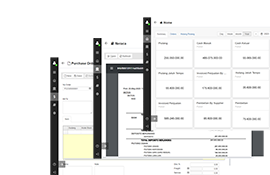Asset Turnover Ratio
Table of Contents:
What is Asset Turnover Ratio?
The Asset Turnover Ratio is a financial performance indicator that evaluates a company's ability to generate sales from its total assets.
It assesses how efficiently a company utilizes its assets to generate revenue and is particularly relevant for industries that rely heavily on assets to produce goods or deliver services.
A higher asset turnover ratio is generally desirable, as it implies that the company generates more revenue per unit of investment in assets.
However, an excessively high ratio could suggest aggressive cost-cutting measures that may impact the company's long-term growth prospects.
How to calculate Asset Turnover Ratio?
The Asset Turnover Ratio is calculated by dividing a company's total revenue (or net sales) by its average total assets during a specific period. The formula is as follows:
Asset Turnover Ratio = Total Revenue (or Net Sales) / Average Total Assets
To calculate the average total assets, add the total assets at the beginning and end of the period and divide the sum by 2.
For example, if a company's total revenue is $500,000, and its average total assets during the period amount to $1,000,000, the asset turnover ratio would be:
Asset Turnover Ratio = $500,000 / $1,000,000 = 0.5
This means that for every dollar invested in assets, the company generates 50 cents in revenue.
